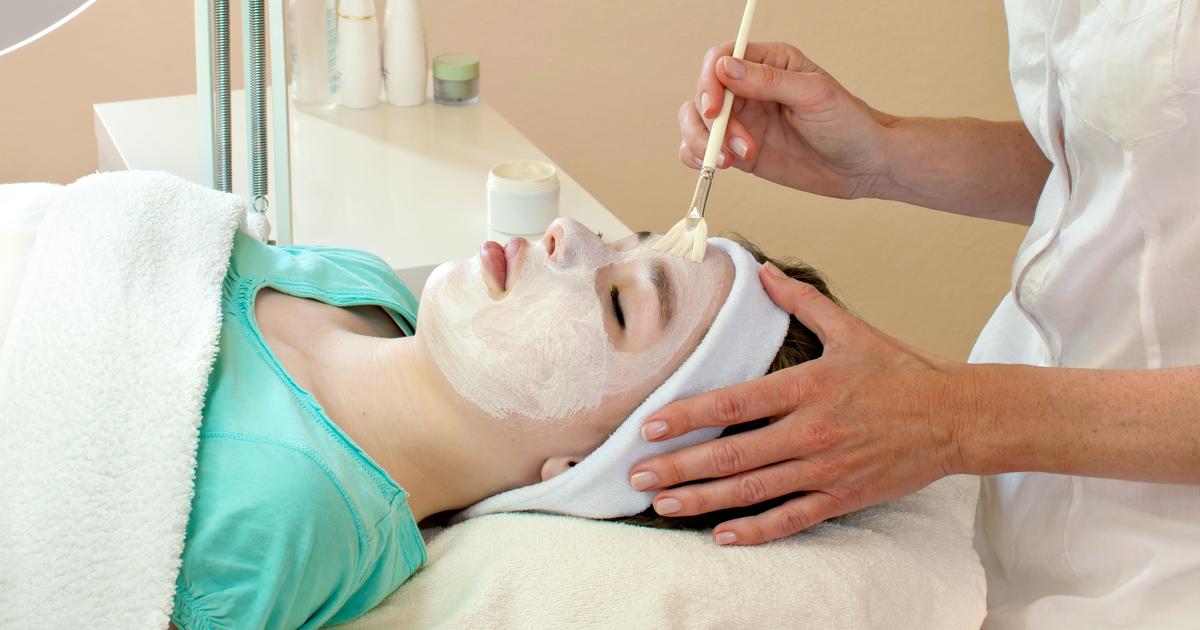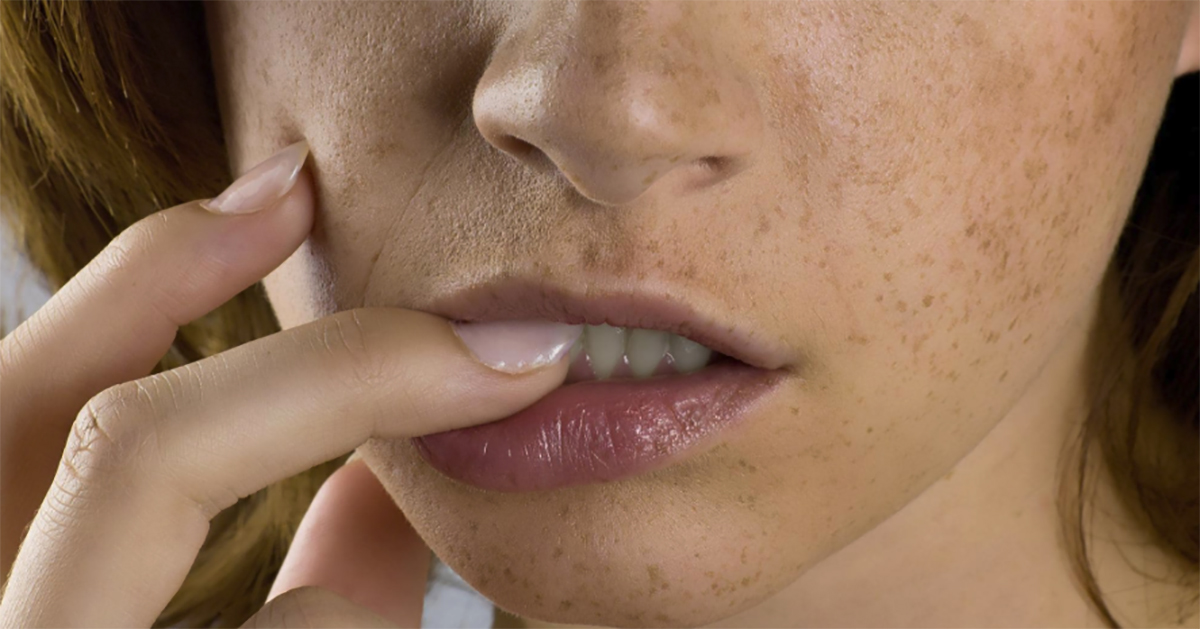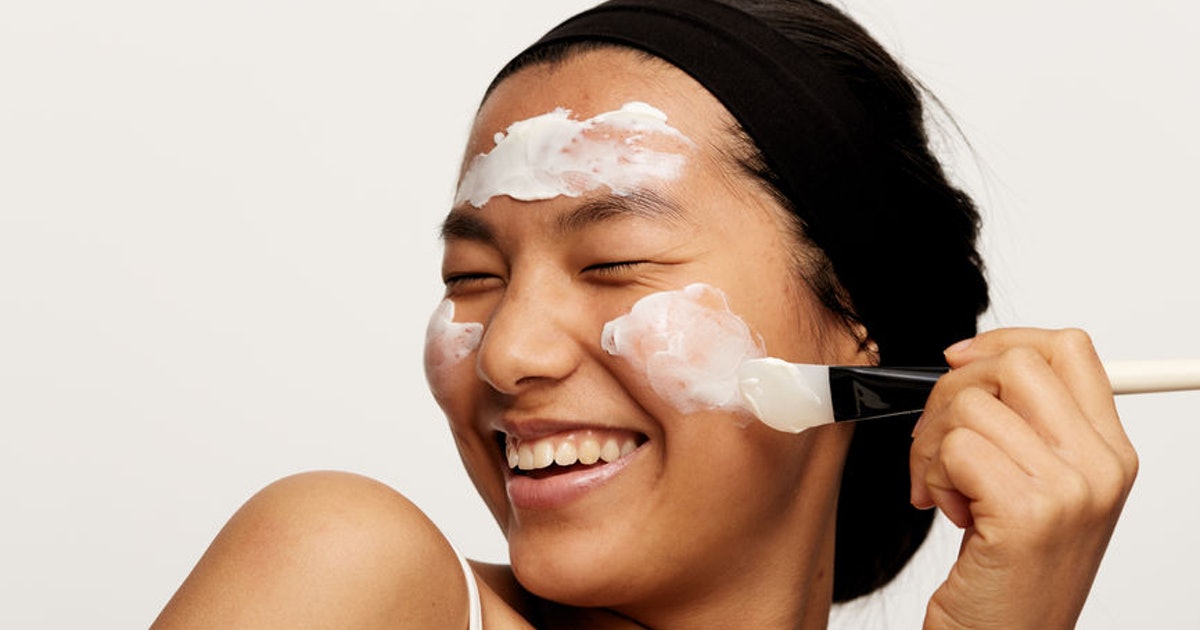What Is Glycolic Acid?
Glycolic acid is a form of alpha-hydroxy acid (AHA) that comes from a substance referred to as sugar cane. Tartaric acid, citric acid, malic acid, and lactic acid are other types of widely-known alpha-hydroxy acids utilized in numerous skincare products. Glycolic acid works by penetrating the spaces between the cells that make up the skin, as it has the characteristic of being the smallest alpha-hydroxy acid molecule. Glycolic acid disintegrates the bonds between the skin cells that keep them together, making it an effective substance for exfoliation. Glycolic acid also enhances the ability of the skin cells to produce more collagen, the protein that gives the connective tissues and bones in the body their strength. Collagen is what gives the skin its plumpness, elasticity, and firmness. Glycolic acid is found in products designed to help with acne, scarring, hyperpigmentation, blackheads, and closing up the pores.
Get the full details on glycolic acid now.
How It Works

Glycolic acid is most often utilized as a chemical peel for the skin. The cells of the outer layer of the skin stay in place even after they die until they are naturally shed off. The dead cells shed off when natural processes break down the lipids that keep the dead cells of the skin together. Sometimes this process can take too long and contribute to the pores becoming clogged with cellular debris and allow the skin to become too dry. Some individuals have conditions that disrupt the process of shedding dead skin cells, or that cause an overproduction of skin cells that overwhelm the natural sloughing process. Glycolic acid works by producing a reaction with the top layer of an individual's skin, which causes the weakening of the bonding properties of the specialized lipids that keep the dead skin cells adhered to one another. As a result of this mechanism, the outer layer of the skin dissolves, and the dead skin cells slough off to unearth the new underlying skin. While the exact chemical reaction that occurs with this process is not clear, it is thought that the decrease of calcium ions in the skin, and discharge of the calcium ions from the adhesions between the cells causes desquamation.
Read about the health benefits of glycolic acid next.
Health Benefits Of Glycolic Acid

Glycolic acid is an extremely small molecule, which is what makes it such a useful element in numerous skincare products. It can penetrate between the cells to a deeper degree than other molecules because of its size. It is an effective method of exfoliating the skin because it unglues the dead skin cells from one another. Because of its health benefits, dermatologists have been using glycolic acid in their practices for several decades. Both big cysts and little blackheads both appear to be caused by the same mechanism on a skin biopsy underneath a microscope. It all begins from dead skin cells becoming clogged up inside the pores. Glycolic acid can penetrate down into the hair follicles and break down any accumulated proteins and sebum that would cause breakouts and blackheads to develop. Glycolic acid reduces wrinkles, decreases hyperpigmentation, treats hyperkeratosis, diminishes acne scarring, treats actinic keratosis, and treats seborrheic keratosis. Glycolic acid treatment is also great for preparing the skin for the use of other products and makeup.
Learn about who can use glycolic acid next.
Who Can Use It

Glycolic acid can be used on just about every type of skin, except for individuals affected by rosacea and those who have very sensitive skin. Individuals known to have very sensitive skin may experience too much irritation with the use of products that contain glycolic acid. An individual should be able to use products with glycolic acid in them as long as their skin produces some natural oil. Questions have always been raised about whether using glycolic acid on darker skin tones would produce pigmentation issues, but it has generally proven not to cause these problems unless an individual with darker skin uses a formula that is too potent. Glycolic acid is safe to use from the teenage years on, as younger individuals benefit from using it as a basic cleanser when the glycolic acid content is lower than ten percent. Individuals who do not have hypersensitive skin can use a facewash with between seven and ten percent glycolic acid in it daily, and face cream with up to fifteen percent glycolic acid daily. Face masks or peels containing higher concentrations of glycolic acid should only be used once a week or once every other week.
Get familiar with the potential drawbacks of glycolic acid next.
Potential Drawbacks

Just like any other face product ingredient, glycolic acid does have some potential drawbacks that should be considered. Generally, glycolic acid products made for use at home are very effective and safe. The main concern is that products containing glycolic acid can increase the skin's sensitivity to sunlight. Individuals with certain occupations, like lifeguarding, may need to consider this property of products with glycolic acid before using them. Additionally, glycolic acid is no different than any other exfoliator in the fact that it can cause the skin to dry out It is recommended that other moisturizing products are used in combination with those with glycolic acid to offset this effect. Some individuals may find a certain tingling sensation produced by products containing glycolic acid when applied to the skin to be unpleasant or bothersome. This sensation has been described by individuals like a little itch or pins and needles. No products containing glycolic acid should cause an individual to feel a burning sensation on their skin.
Learn about other alpha-hydroxy acids next.
Other Alpha-Hydroxy Acids

Glycolic acid is an alpha-hydroxy acid, which are acids made up of a group of synthetic and natural ingredients formulated to exfoliate the top layers of the skin. Lactic acid performs the same actions glycolic acid does, but it is a larger molecule and works a bit slower than glycolic acid. Malic acid is an alpha-hydroxy acid with a molecule size larger than both lactic and glycolic acid that does provide multi-level exfoliation, but it may not be as effective independently as other alpha-hydroxy acids. Citric acid is an alpha-hydroxy acid that functions as an antioxidant and helps adjust the pH of the products that contain it. Tartaric acid is a hydroxy-acid that is twice the molecule size as glycolic acid and is used more for maintaining the skin's pH, which allows other skin products to work better. Mandelic acid is an alpha-hydroxy acid that is less popular than the others in the skincare industry but may be a helpful exfoliation method for individuals with sensitive skin. This distinction is because mandelic acid molecules are the largest of all the alpha-hydroxy acids and can promote the production of oil.
